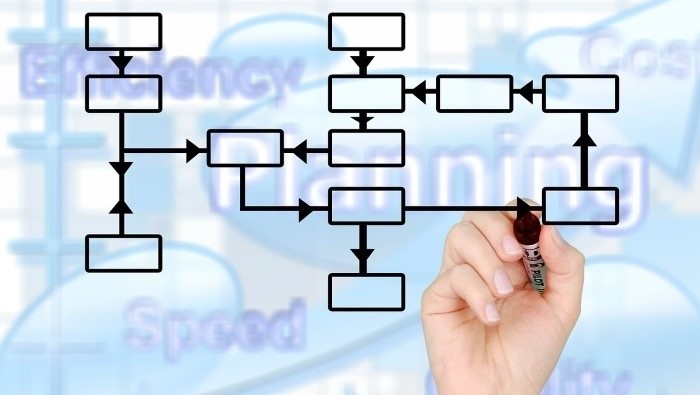The importance of systems, processes and procedures in your business
…that benefit everyone, including the client
I’ve been in business for many years now, and I’ve seen how business owners react differently to systems, processes and procedures. Some naturally embrace them. Some do it with guidance. But some struggle, preferring to wing it, to fly by the seat of their pants, and hope for the best.
But if you’re looking to grow your business, it’s vital to not only have systems, processes and procedures in place but to have them well documented. Everyone should have access to them, and everyone needs to follow them. And I mean everyone – from the top down.
Managers need to lead by example.
3 significant advantages for having documented systems, processes and procedures
- Internal business benefit
The more systems you put in place in your business, the more automated you’ll be able to make it. And you’ll find that when you’ve automated your business systems, that your business will run more efficiently.
Everyone will know who does what, how they do it, and when they do it. It saves confusion within your team and makes it easier to onboard new members.
- Enables the business to be scalable
You’ll find that systems allow your business to be scalable and grow. It becomes a matter of duplicating your resources to do the same thing. For example, if you’re offering a new product, you’d follow the same process you used to launch your last successful product, and you don’t need to reinvent the wheel.
When you’re ready to grow, having your systems and procedures documented is hugely beneficial. It also becomes an invaluable tool for onboarding new team members who can easily pick up what you do, learn on the job, and quickly become a highly efficient member of your team.
- Client experience
If you’ve got systems in place, clients will see that you run an efficient business, and you’ll likely exceed your client’s expectations. Your finger will always be on the pulse, and you won’t worry about missing things. You’ll know what you need to do and when to do it by.
Your client will be impressed by your experience, and you’ll be confident that you’re providing clients with a consistently high level of service.
Having systems, processes and procedures is essential for virtual teams
So many of us are now working virtually, either by choice or by force. To ensure you’re all working on the same page, you need to have documented systems, processes and procedures to ensure all your team is working the same way.
Here are some examples of what can happen if your business isn’t systemised. And if you’re one of those fly by the seat of your pants sort, this should provide some food for thought!
- New client’s details aren’t captured to a central CRM for all team members to access.
- Elements of your operation are duplicated or just plain forgotten. I.e. more than one team member does the same job, not knowing someone else has, or no one does the job thinking someone else will!
- Invoices to clients are missed or incorrect due to work not being recorded correctly.
- If more than one person is performing the same job, your business won’t be running efficiently at all as you’re double handling jobs.
- You may miss new leads that come through or fail to follow up with them if you haven’t got a system in place that acts to nurture leads and clients.
I’m sure you could add to this list if you’ve ever made a mistake or forgotten something in your business. Did you work out a system and document it, so the issue doesn’t happen again? I hope you did!
Systems, processes and procedures in our business
Before I started Interim Business Solutions, I had worked in the area of Quality Assurance. This experience gave me a great head start when it came to starting and running my business.
From day one I established a procedure manual and have kept that a ‘live’ document, updating it when changes are made to either a process, or a new/changed software is incorporated into the business.
Some of the productivity tools we use to manage our systems and processes with our virtual team and clients include:
- Google Forms – To gather new clients’ details
- CapsuleCRM – All contact details and customer relationship tasks
- Asana – Client task/project management
- Dropbox – File sharing
- Google Doc – Collaboration with multiple users
- Xero – Bookkeeping & accounting
How are your systems, processes and procedures?
I hope you respond with ‘great’! But if you don’t, I hope you’re starting to think about implementing them into your business. Flow charts are a great starting point. For example, create a chart for client enquiries. Start with the initial contact, how it’s handled, how a client signs up, how the work is performed, how the work is delivered, and then if the client is followed up.
Do this with all your processes, and you’ll have your business ticking along like clock-work in no time! Plus, when it comes to the time you need to outsource, it’s just a matter of handing it over.
P.S: You might find this Case Study about Business Systems and Processes interesting.

